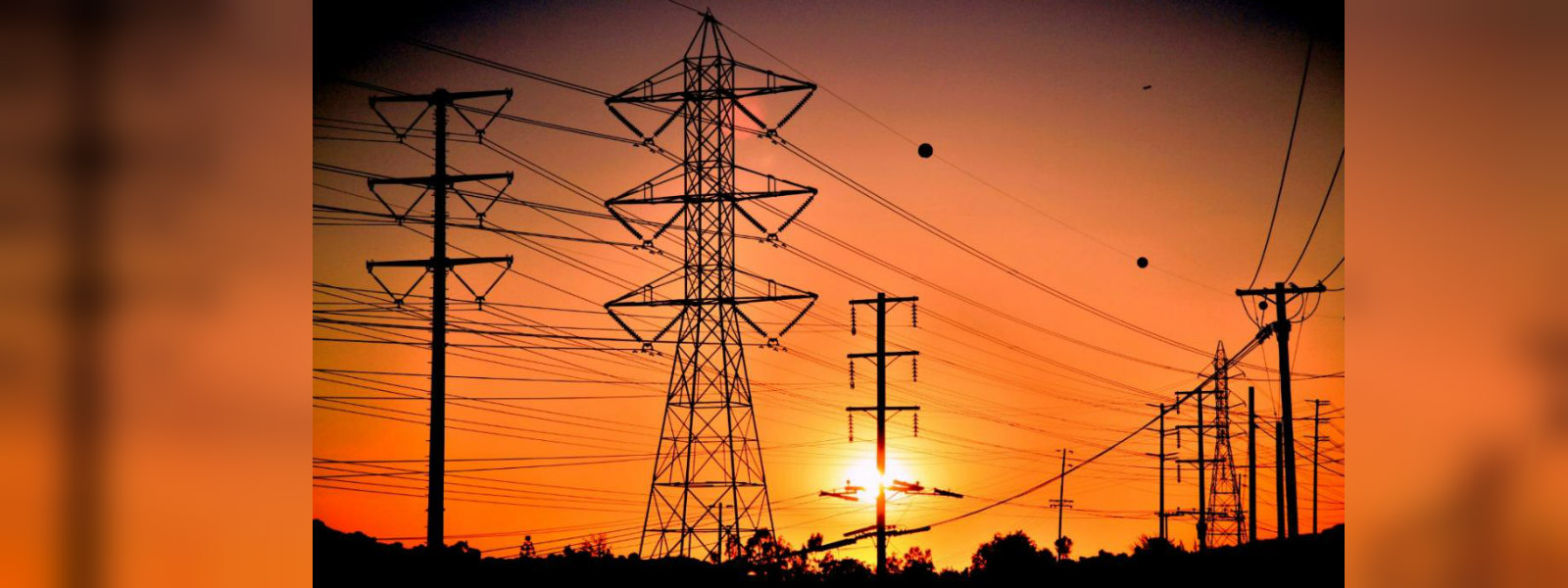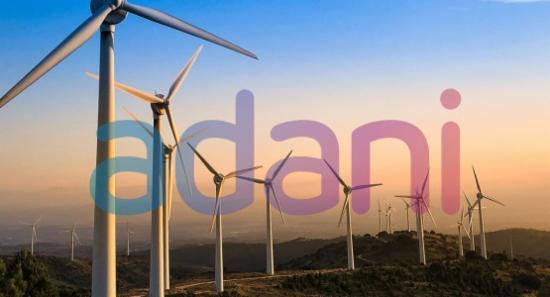.webp)

Government Held to Ransom on Electricity Supply
COLOMBO (News 1st):- Sri Lanka’s new government is feeling the pressure mount just months ahead of parliamentary polls. The latest pressure being put is the need apparently for even more power. Moves have been made to add a further 300 MW of power to the Norochcholai coal power plant with funding to the tune of approximately US$ 400-450 million at a time when the Sri Lankan economy is trapped by at least four and one-half years of virtual inactivity. The Ceylon Electricity Board has also asked for 100 MW of that all infamous temporary or “emergency” power in the interim period.
Industry insiders have calculated that the CEB proposal for the 100 MW of diesel power will cost the state a whopping Rs. 1,960,000,000 (Rs 1.96 Billion) or in USD 10.9 million.
This is calculated at an average of Rs 30 per unit using a plant factor of 90%.
Yet, in the pipeline is the Uma Oya project which is 5 months away from completion of the power aspect. The project has come to a halt because the government under Ranil Wickremesinghe paid scant attention to even attempt to pay the contractors via a negotiated payment plan.
Insiders have said and continue to maintain, that the minimum outstanding required to complete the project is approximately USD 50 million - upon which completion the CEB will have at its disposal 120 MW of power - not just for a year but forever plus a day.
The per-unit cost for the 120 MW of power via the Uma Oya project is likely to be under Rs 10 per unit of power in comparison to the temporary arrangement which is costing an average of Rs 30 per unit plus the cost of fuel.
The Uma Oya project has an overall outstanding of USD 180 Million including price escalations. Given the existing economic conditions globally and the current political dynamics between Iran and the United States of America, the Iranian state-owned contractor would be given the opportunity to push ahead towards completion, be willing to negotiate the final total to below USD 180 million in a negotiated settlement.
The negotiations do not show any signs of challenges given the fact that the same government that embarked upon this project is now back in the saddle albeit with a different brother at the helm. It is even more promising as The President and the Prime Minister are key figures currently just as much as they were previously. By all accounts the Uma Oya project is spectacular. The Project cost was put at USD 529 Million which included USD 15m for contingencies. The purpose of the project is to generate 120 MW hydropower electricity and 145MCM of
water for developing 5,000 h.a of agricultural land in the deep southern dry areas including Monaragala which is one of the poorest and financially challenged areas in the country.
The project was signed in 2008 and started work in 2010. There were interminable delays much of it arising because of a failure on the part of the government to rehouse and resettle residents being affected by the project. The legendary bureaucracy of state departments and officials played a key role in the dismal delays that the project suffered.
Spectacular plans - including a record 26 KM of underground tunneling deep within the heart of the mountainous territory - also had spectacular contracting challenges. This included facing geological issues that also resulted in major water leakages when expertise from far afield as Switzerland was relied upon. Further delays of at least one year resulted thanks to the American sanctions on Iran. All of this has resulted in a credible cost overrun of some USD 180 million - with the Contractor reserving for himself the legal right to so claim. Nevertheless in the interests of continuity towards a completion experts opine that the contractors will negotiate on the cost overruns to a level that is acceptable to both sides.
It is in this backdrop that officials of the CEB - senior decision making professionals, well paid and looked after - are bringing in yet more proposals for temporary “just in case” power.
It is a well-established fact that one company majority-owned by one person, has been at the forefront of so-called emergency power. These people have been in business for well over twenty-five years and even at the beginning have had various experts on their de-facto payroll. That membership of the de-facto payroll list are now senior hands within the CEB (some have retired thankfully) and able to make decisions that bear no relationship to long term planning and long term energy security for the country.
These officials who have failed successive Ministers and have failed the people of the country by failing to adequately plan for growing power requirements in a least-cost method, fully qualify to be the bona fide traitors of the country. Yet they rule the roost at the power sector making it almost impossible for Ministers to carry forward policy measures. The Ceylon Electricity Board reports a loss of power in the region of 9% of total power generated. Income is reported at Rs 288 Billion. It follows that the loss in terms of revenue is Rs 25.9 billion at current rates of approximately USD 144 million.
It is time that President Gothabya Rajapaksa takes matters into his own hand and orders the Ceylon Electricity Board and the Treasury to actively negotiate with the Uma Oya contractors to complete the outstanding 5% of the work within a period of five calendar months. This will negate the requirement to squander (at least) Rs 1.9 Billion on yet another set of 100 MW of power.
Other Articles
Featured News





.png )








-785316_550x300.jpg)



















.gif)